Have you ever seen a husky’s icy blue eyes and thought, “That’s the dream dog”? I did, too. Their wolfish looks, their playful grin, that wild, untamed energy—it’s no wonder so many of us fall head over heels. But behind every stunning Instagram photo, there’s a reality that’s not always as pretty. My journey with a husky was a rollercoaster—filled with laughter, exhaustion, and more chewed-up shoes than I’d like to admit. Before you let a husky steal your heart (and maybe your sanity), let me share the real story. Prepare yourself for surprises, frustrations, and lessons I learned the hard way. Here’s what you need to know before bringing a husky into your life.
The Unstoppable Energy—More Than Just Daily Walks
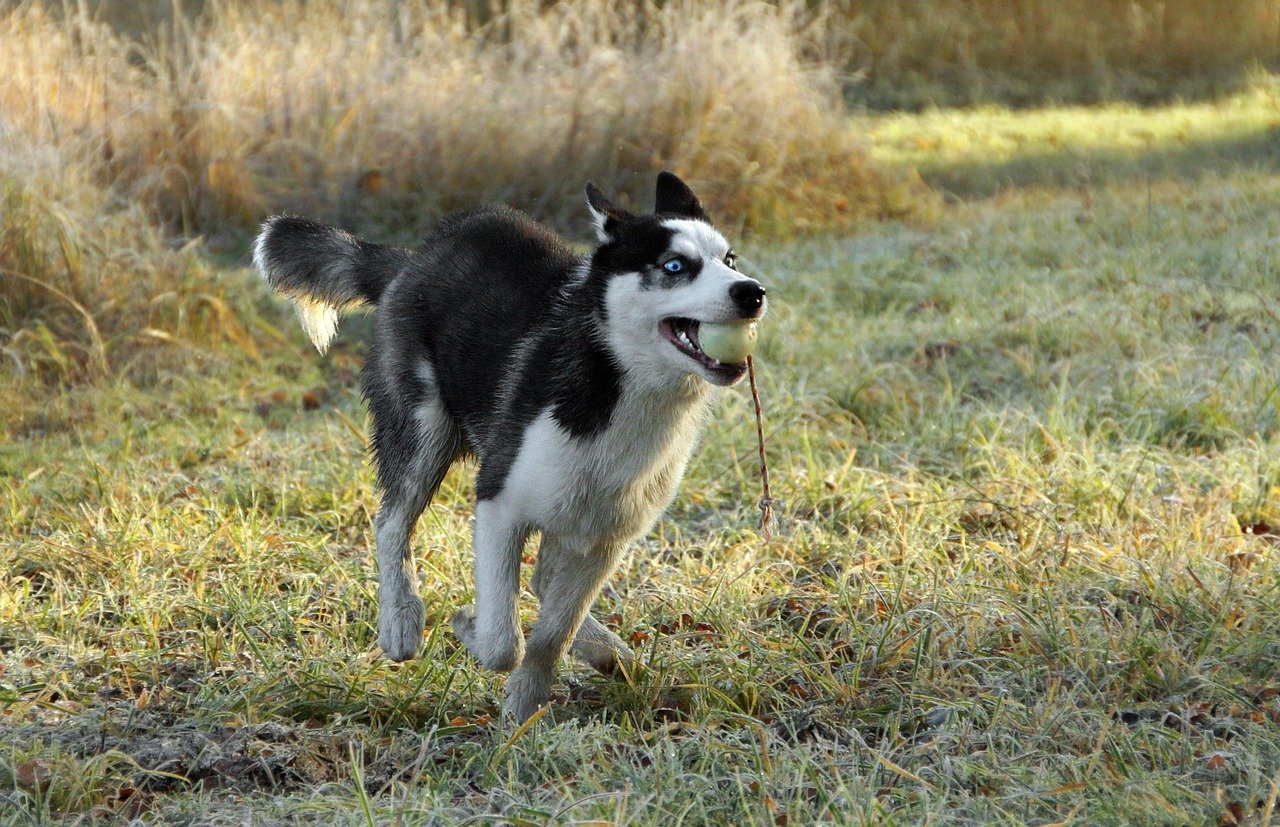
When I first brought my husky home, I thought long walks and a bit of backyard play would be enough. I couldn’t have been more wrong. Huskies are like furry racecars—they were bred to run for miles and miles. Even after an hour at the park, mine would come home ready to zoom around the living room like a tornado. It was funny at first, but it quickly got overwhelming.
Their energy doesn’t just go away with age, either. Huskies stay lively well into adulthood, and if they don’t get enough exercise, they’ll find their own way to burn off steam. That often means digging holes, chewing furniture, or howling just for fun. If you have a husky, be ready to commit to hours of intense activity every single day—or risk coming home to a disaster zone. This isn’t just a dog—it’s a force of nature.
The Escape Artist—No Fence Is High Enough
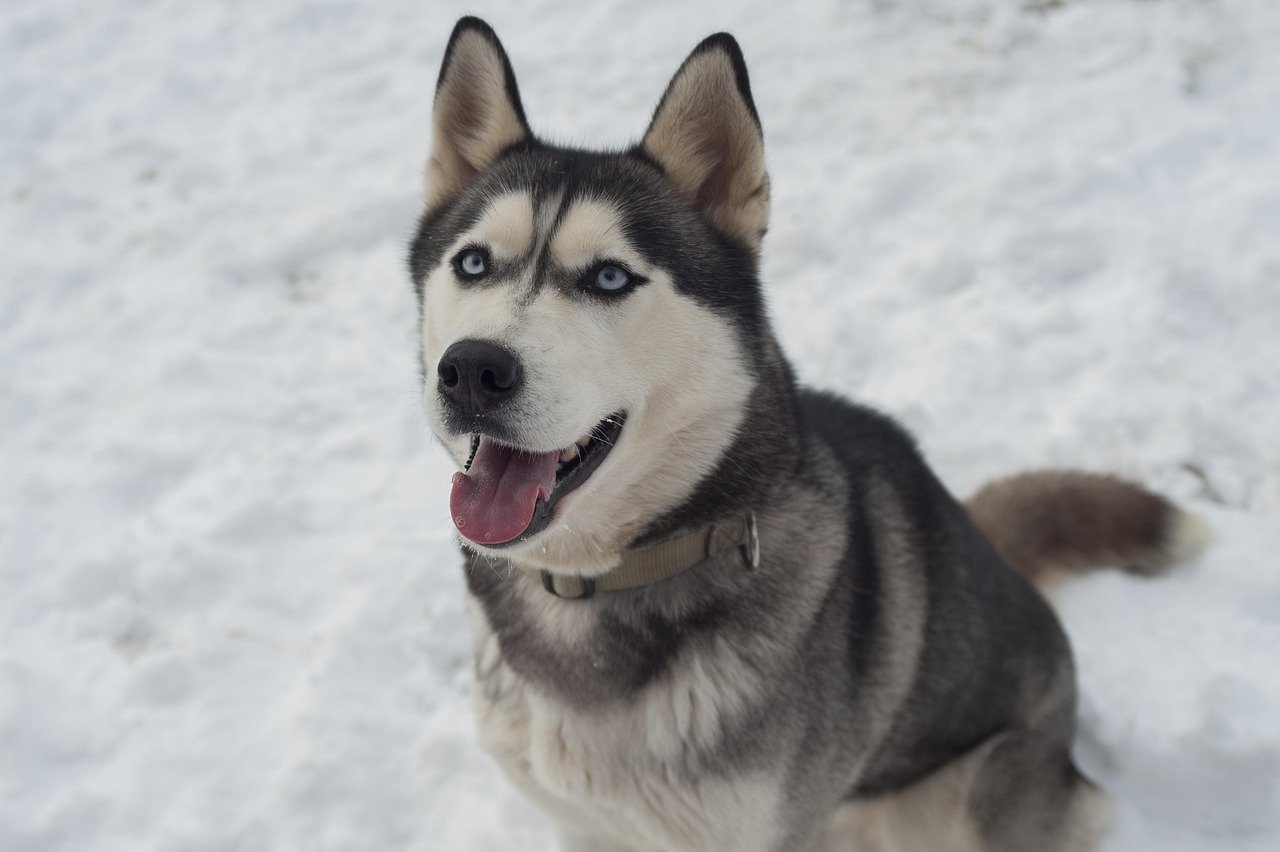
Think your backyard is secure? Think again. Huskies are master escape artists. I learned this the hard way when my husky scaled a six-foot fence like it was nothing. They’re not just jumpers—they’re diggers, too. More than once I caught mine tunneling under the fence, determined to explore the world beyond.
This relentless urge to roam runs deep in their genes. Huskies have a strong prey drive and a love for adventure. If there’s a weak spot in your yard, they’ll find it. I tried everything—higher fences, buried chicken wire, even locks on the gates. Nothing could stop her curiosity. If you want a dog that sticks by your side, a husky might break your heart—or at least your back yard.
The Shedding Storm—Living In A Blizzard Of Fur

Before my husky, I thought shedding just meant a little extra vacuuming. Then spring hit. Suddenly, my house looked like it had been caught in a snowstorm—there was fur on the couch, in my coffee, even clinging to my clothes at work. Huskies “blow” their coat twice a year, and it’s like nothing I’d experienced before.
No matter how much I brushed, the fur kept coming. I invested in every lint roller and vacuum on the market. Friends would visit and leave covered in white hair, and I started to accept that fur was just part of my décor. If you’re a neat freak or have allergies, this could be a nightmare. Huskies are beautiful, but that beauty comes with a furry price tag.
The Talking Dog—Howling, Yodeling, And More
Huskies are notorious for their voices. They don’t just bark; they howl, yodel, and “talk” constantly. My mornings often started with a chorus of howls, whether it was time to get up or not. At first, it was hilarious—my dog sounded like she was singing along to the radio. But it didn’t take long for the novelty to wear off, especially when the neighbors started complaining.
This breed loves to communicate, and their vocalizations can be startlingly loud. If you live in an apartment or have noise-sensitive neighbors, be warned: huskies don’t do quiet. They’ll tell you when they’re happy, bored, hungry, or just feeling chatty. It’s charming in small doses, but it can quickly become overwhelming.
The Independent Thinker—Stubbornness At Its Finest
Training my husky was a lesson in patience. Unlike breeds eager to please, huskies are fiercely independent. They’re smart—sometimes too smart. I’d give a command, and she’d look at me as if weighing her options. “Sit” wasn’t a request; it was a negotiation. If she didn’t want to do something, nothing could change her mind.
This stubborn streak makes traditional training methods less effective. Positive reinforcement worked best, but even then, progress was slow. Huskies need consistency, creativity, and a sense of humor. If you’re looking for a dog that obeys every word, a husky might leave you pulling your hair out.
The Social Butterfly—Needs Company, Always
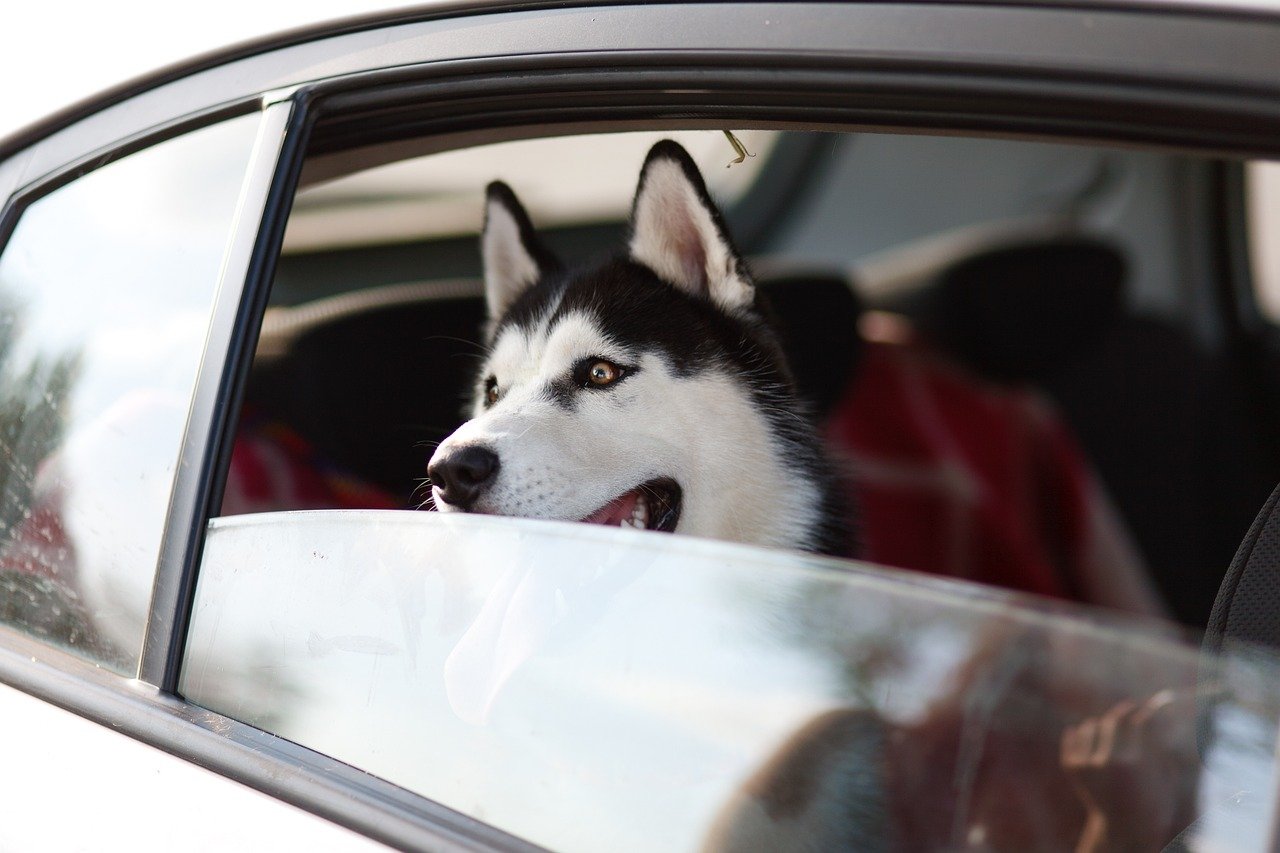
Huskies are pack animals by nature. They crave company and hate being left alone. I quickly learned that solo time meant trouble—chewed doors, shredded pillows, and a lot of anxious pacing. They thrive when they have humans or other dogs around, and they get lonely fast.
This neediness can be sweet, but it’s also a huge responsibility. If you work long hours or travel often, your husky may suffer from separation anxiety. They’re not the type to nap quietly until you get home. Instead, they’ll find their own “projects”—and those usually involve destruction. If you can’t be there for them, a husky might not be the right fit.
The Prey Drive—Small Pets Beware
One thing I didn’t expect was how strong my husky’s prey drive would be. Squirrels, cats, even birds in the yard—she wanted to chase them all. Walking her near wildlife was a challenge. She’d bolt after anything that moved, and no amount of calling would bring her back.
This instinct can make living with small pets risky. If you have cats, rabbits, or guinea pigs, introducing a husky requires extreme caution. Sometimes, that natural hunting urge is just too powerful to overcome. It’s hard to watch, especially if you hoped for a peaceful multi-pet home. Huskies are loving, but their wild roots run deep.
The Climate Challenge—Huskies And Hot Weather
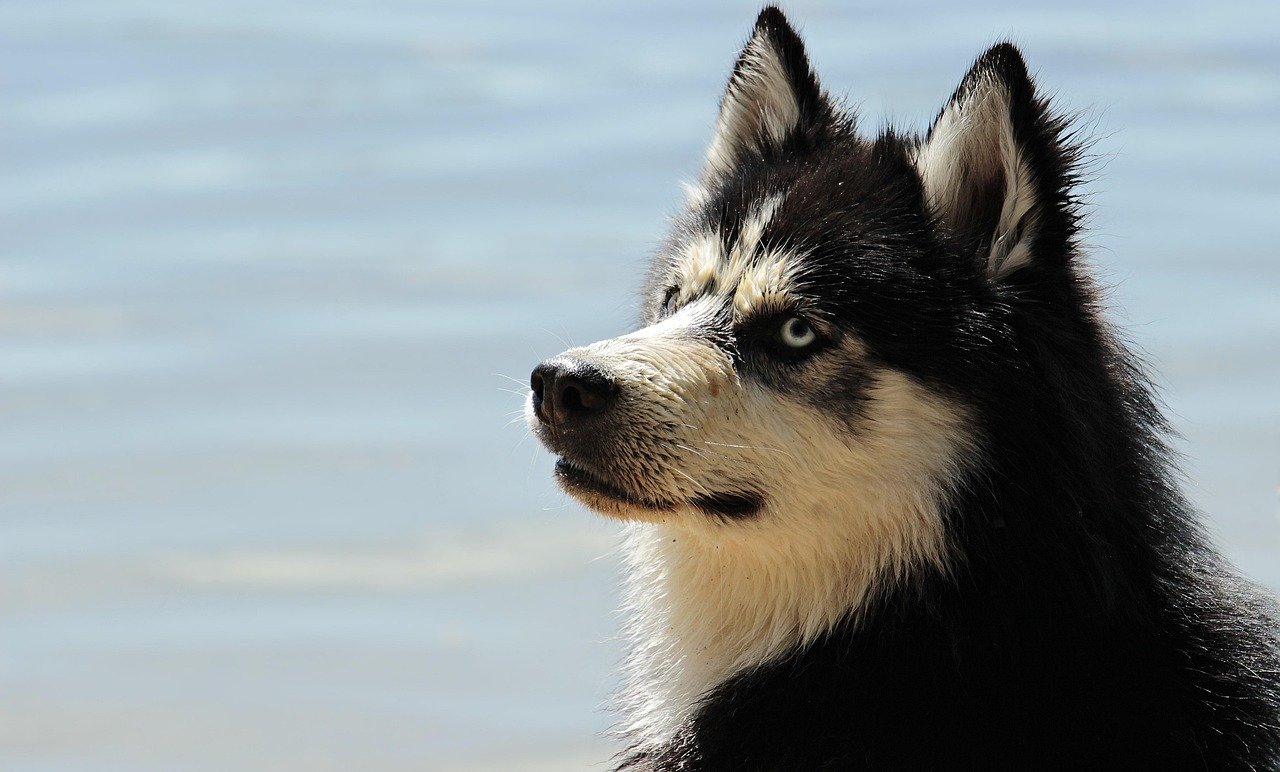
With their thick double coats, huskies are built for snow, not sunshine. I live in a place where summers get hot, and keeping my husky cool was an ongoing struggle. She’d pant, dig for cool spots, and avoid walks during the day. Air conditioning became a must, not a luxury.
If you live in a warm climate, you’ll need to take extra precautions. Early morning or late evening walks are best, and plenty of water is essential. Even then, huskies can overheat quickly. Their beautiful coats, designed for the Arctic, become a burden in the summer sun. It’s a constant balancing act to keep them comfortable and safe.
The Diet Dilemma—Picky Eaters With Sensitive Stomachs
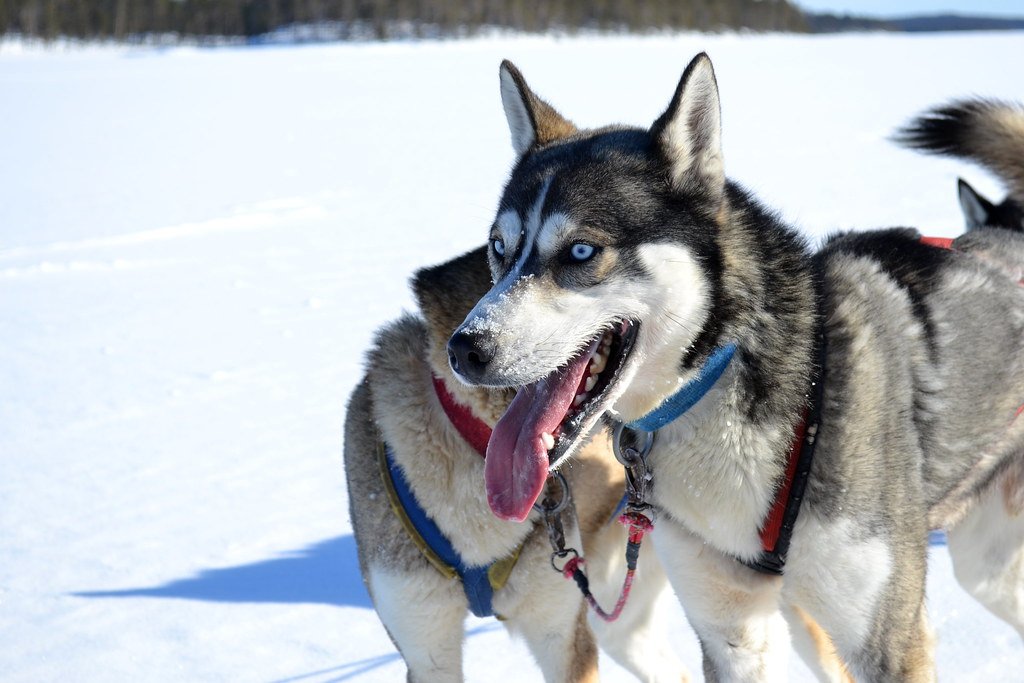
Feeding my husky was another surprise. She was a picky eater, turning her nose up at foods other dogs would inhale. Some days she’d eat everything in sight; others, she barely touched her bowl. I learned that huskies have sensitive stomachs and can be prone to allergies.
Finding the right food involved trial and error—and sometimes, expensive trips to the vet. A balanced diet is crucial, and you may need to experiment to find what works. Don’t be surprised if your husky ignores fancy treats but begs for a plain carrot instead. Their tastes can be as unpredictable as their personalities.
The Financial Commitment—More Than Meets The Eye
Owning a husky isn’t just a time commitment—it’s a financial one, too. From high-quality food to endless grooming supplies, the costs add up fast. Veterinary bills can skyrocket, especially if your dog has allergies or injuries from their wild adventures.
Then there’s the cost of repairing the things they destroy—fences, furniture, shoes, and more. Add in training classes, dog walkers, or pet sitters if you’re away, and the expenses keep growing. Huskies are stunning, but they’re not low-maintenance. It’s important to be honest about what you can afford before you bring one home.
Owning a Husky taught me valuable lessons—about patience, responsibility, and the reality of living with a high-energy, independent dog. While their beauty and charm are undeniable, Huskies come with challenges that not every household is prepared to handle. Their need for constant exercise, strong-willed nature, and tendency to escape can quickly overwhelm even well-meaning owners. For the right person, a Husky can be a loyal and adventurous companion—but it’s crucial to go in with open eyes and realistic expectations. As much as I loved mine, I now know this breed simply wasn’t the right fit—and that’s something every potential owner should seriously consider.






